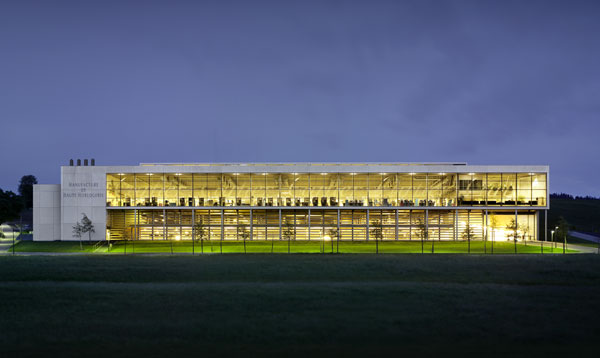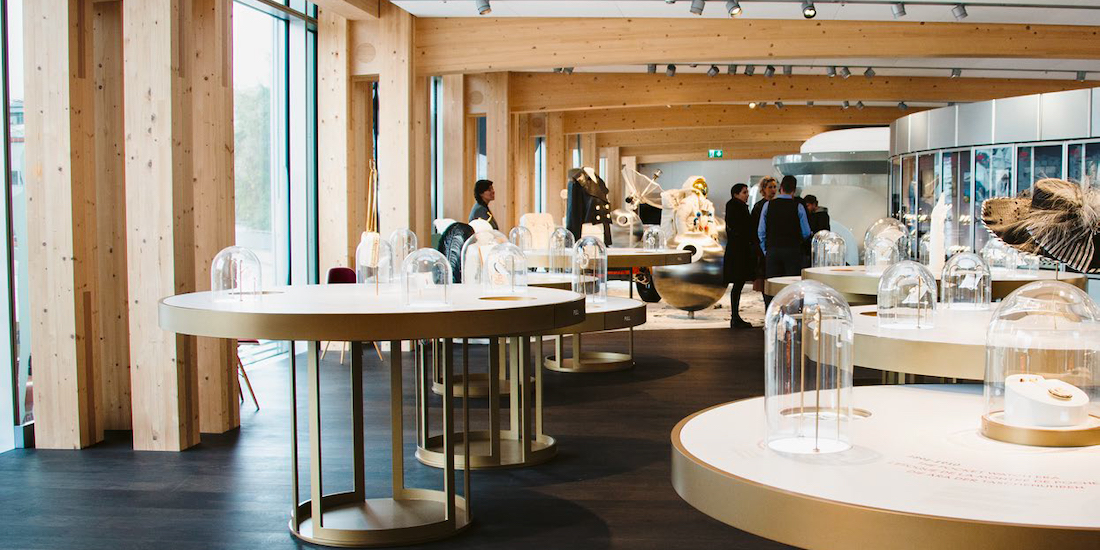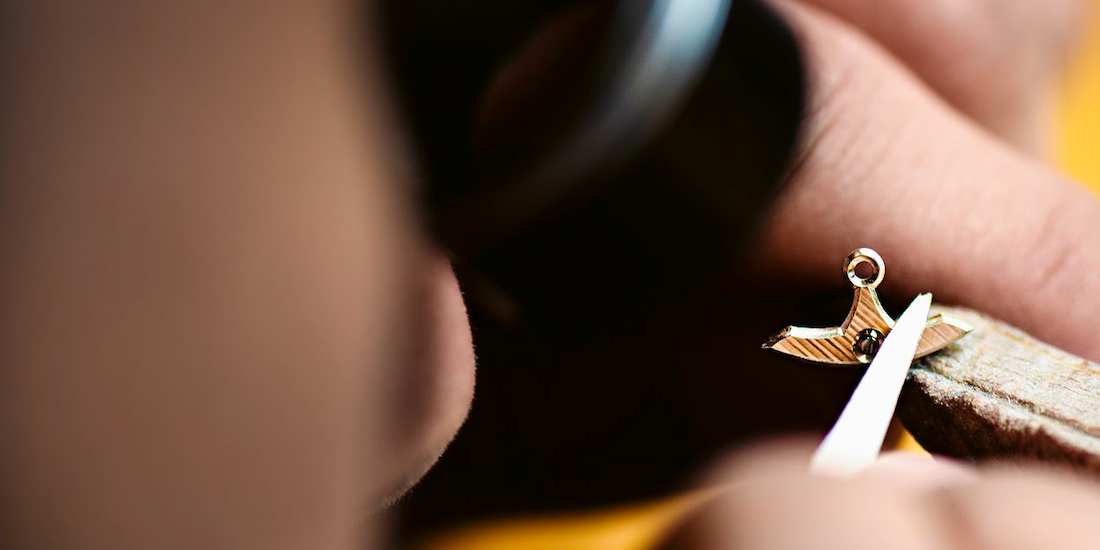“Before these premises were built, a product travelled 170 km between the various production sites before being approved. Today, the distance has been slashed to 300 metres”, explains the man in charge of the site by way of introduction. The embryonic cell of the huge current production facility, the think tank project created by
Cartier in 2005 to stimulate innovation, was based on two people, including the head of Cartier’s fine watchmaking department, Carole Forestier. This same R&D unit now employs 25 people working in symbiosis with over a thousand other onsite personnel. “One team, one place” continues our guide as we continue our tour, “such is the concept behind this project which groups strengths within a single building while optimising spatial and temporal organisation.” This approach enables the brand to simultaneously promote communication, the flow of ideas, and to see the ideas rapidly transformed into product reality. Within the Manufacture Cartier, teams are continuously working on over 150 new projects involving one or more of the four collections. The determination to encourage exchanges and to educate staff through intellectual stimulation is embodied in the learning terminals placed at the various intersections of departments spread over two floors. When 1,100 people of 37 different nationalities engage in 185 different tasks spread over 30,000 square metres, only rationalisation can guarantee a certain degree of efficiency. This approach has for example enabled Cartier to reduce the programming time for the most complex machines from three days to just a few hours.

Using methods derived from other industrial sectors (such as line colour coding organisation), the production area is now organised into islands regrouping all the skills required to produce a watch or a movement. It took the architects, engineers and watchmakers months of consultation and reflection to work out the best possible allocation of the various zones. What was the most appropriate way of juxtaposing a watch exterior production hall the size of a football field with the antique watch restoration workshop or those dedicated to prototyping, decoration, movement assembly, casing up, etc.? As the production managers point out, “we don’t wish to produce everything, but rather to know everything in order to set the standards: quality is not something you control, it is produced”. A Cartier chronograph for example passes through 800 control points. In the Watchmaking Area, the air is continuously filtered and recycled to prevent the spread of dust particles that might settle on the tiniest parts of a watch or a movement. The smooth rate of calibres is verified using a high-speed camera (33,000 images/sec) that detects any potential malfunction. The casing-up kits are checked every evening. This obsession with quality and logistics has not only enabled Cartier to cut achieve a two-thirds reduction in stocks since 2005, but also to become one of the most creative brands in the demanding field of haute horlogerie.








